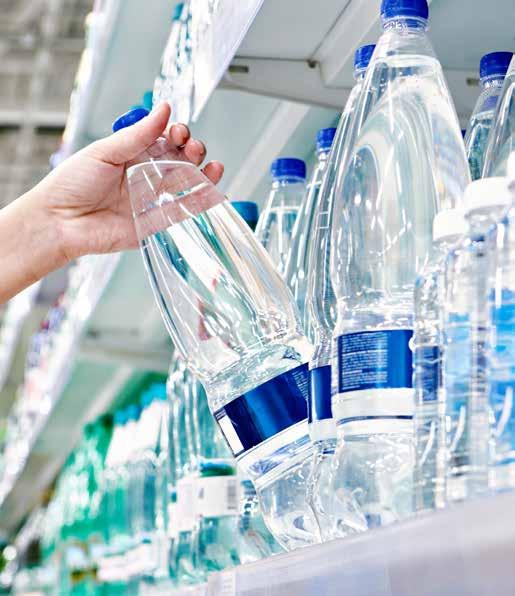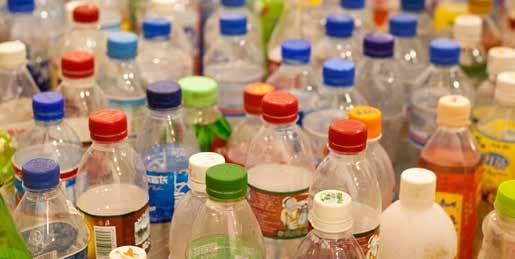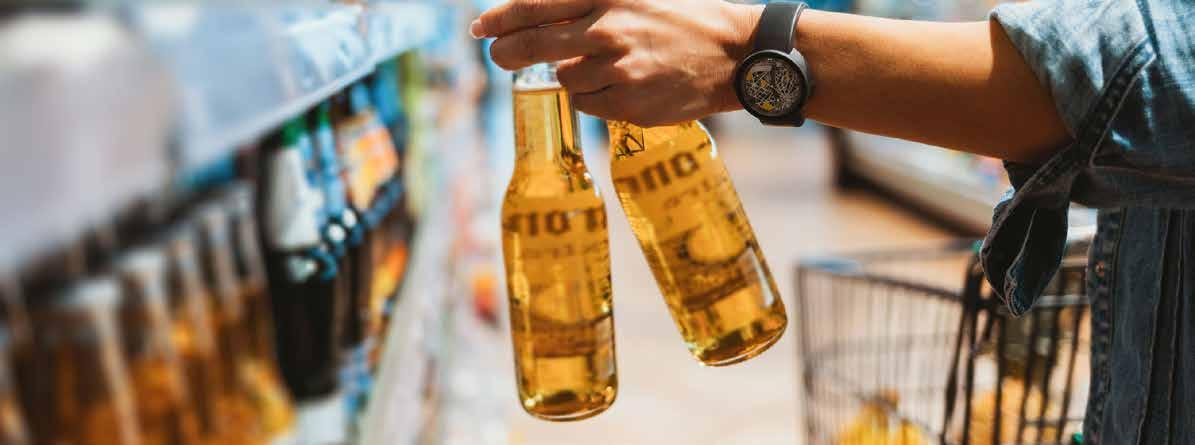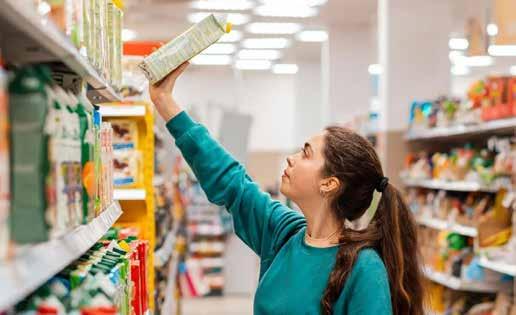
4 minute read
Sustainable Packaging Smackdown: Bottles vs. Cartons
from SPN April 2023
by spnews.com
Bottles and Cartons – Two packaging stalwarts which, in terms of practical usage, have a lot in common. From the point of view of the consumer, a swig from the bottle or a swig from the carton amounts to pretty much the same thing. But those working in the packaging sector know that there’s more to the Bottles vs. Cartons debate than simply what’s easiest to drink from the fridge. From the desk of Steve
It goes without saying that bottles and cartons are both ubiquitous across the world, and are used for a wide variety of products, such as beverages, food, and personal care items. Both come with their own advantages and disadvantages, and the choice between the two depends on a number of factors, such as the product contained inside, consumer preferences, cost to produce, and sustainability considerations. Of course, there can be no definitive winner, but here, we compare the main factors to be considered when choosing between the two.
Advertisement
A material world
Bottles, typically made from plastic or glass, are a popular choice for packaging drinks of all kinds from beer to milk to water. One advantage that bottles have is that they are lightweight and durable, which makes them easy to transport and handle. They also offer good product protection, as they are often designed to be airtight and prevent contamination. Both glass and plastic bottles can be made from recycled materials and are themselves recyclable, which can help reduce waste and conserve resources.
Gislam
Indeed, most supermarkets in a number of European countries, such as Germany and the Netherlands, provide a bottle return service, whereby shoppers take their empties back and receive a small amount of cash in return. Unsurprisingly, both countries have high rates of recycling as a result.
Cartons, made from paperboard and coated with a thin layer of plastic or aluminum, are commonly used for packaging food and beverages such as milk, juice, and soup. One of their major advantages is that they are lightweight and easy to stack, which makes them convenient for transportation and storage. Like bottles, they also offer good product protection, as they are also designed to be airtight and prevent contamination.
Additionally, cartons are recyclable and can be made from recycled materials, helping to reduce waste and conserve resources. However, the plastic or aluminum coating on some cartons can make them more difficult to recycle or compost, and the environmental impact of producing and transporting them can vary depending on the source of the materials and the distance they need to travel.
The bottom line
In terms of cost to make, both bottles and cartons vary depending on the type of material used and the production process. Plastic bottles are generally cheaper to produce than glass bottles, but the cost of recycling and disposal can add to the overall expense. While cartons can be more expensive to produce than plastic bottles, they are often made from renewable materials and can be more environmentally friendly.

At your convenience
In terms of convenience, bottles and cartons both have their advantages and disadvantages. Bottles are typically easier to handle and pour, and are often more familiar to consumers. Cartons can be more difficult to open and pour, but they are also more lightweight and can take up less space in a refrigerator or pantry thanks to being stackable.
What about product quality?
Both bottles and cartons offer a good level of protection against contamination and spoilage. However, the choice of packaging can also affect the taste, aroma, and shelf life of the product. For example, glass bottles are often preferred for wine and other beverages that can be affected by exposure to light or air. Cartons are often used for products that require a long shelf life, such as milk or soup, as they can offer good protection against oxygen and other contaminants.
The green factor
In terms of environmental impact, both bottles and cartons have their own strengths and weaknesses. While plastic bottles can be made from recycled materials and are often recyclable, this depends heavily on there being a solid recycling infrastructure in place. Plastic is also a major source of pollution, and if it isn’t disposed of properly, it often ends up in our oceans and waterways. Once there, it can take hundreds of years to decompose, and cause harm to wildlife and ecosystems.

Glass bottles are reusable, more widely recycled, and generally considered to be more environmentally friendly. However, they are also heavier and more fragile, which pushes up transportation costs. There is also a much higher risk of breakage, meaning spilled products and further costs. Also, if glass bottles do find their way into the environment, they also take a tremendously long time to biodegrade. By some estimates, they take even longer than their plastic counterparts, though they are less toxic to the environment in general.

Cartons are often made from renewable materials and the paperboard element is easily recyclable. However, the plastic coating which many cartons have to keep the products inside fresh, needs to be separated from the paperboard beforehand. This can make them more difficult to recycle or compost and some muncipal recycling schemes are unable to do this.
What about the alternatives?
It’s also worth mentioning that there are, of course, several other types of packaging that can offer additional environmental benefits. For example, reusable containers, such as stainless steel water bottles or glass jars, can reduce waste and conserve resources over time, though they are more costly initially. Bio-based packaging, made from materials that can break down naturally in a composting system, can also be a more sustainable option than traditional packaging materials.
In addition to choosing sustainable packaging options, it’s important to consider the entire lifecycle of the product, from production to disposal. This includes minimising waste during production, reducing energy and water usage, and ensuring proper disposal or recycling of the packaging materials. Many companies are also exploring innovative solutions to reduce waste and improve sustainability in the packaging industry, such as developing new materials and implementing circular economy principles.
Choices, choices
In conclusion, the choice between bottles and cartons depends on several factors, including what product is being packaged, the preferences of the consumer, and issues around recyclability. Both types of packaging have their own advantages and disadvantages, and the most sustainable option will vary depending on the specific circumstances. For example, in areas with good recycling infrastructure and a high demand for recycled materials, plastic bottles may be a more sustainable choice than cartons. On the other hand, in areas where renewable resources are abundant and recycling infrastructure is limited, glass bottles or cartons may be a more sustainable choice.
Ultimately, the choice between bottles and cartons depends entirely on the context, and there is no one-size-fits-all solution. By considering all the factors mentioned above, companies can make better informed decisions about the types of packaging they want to use for their products, and at the same time do their part in reducing waste and conserving resources.











